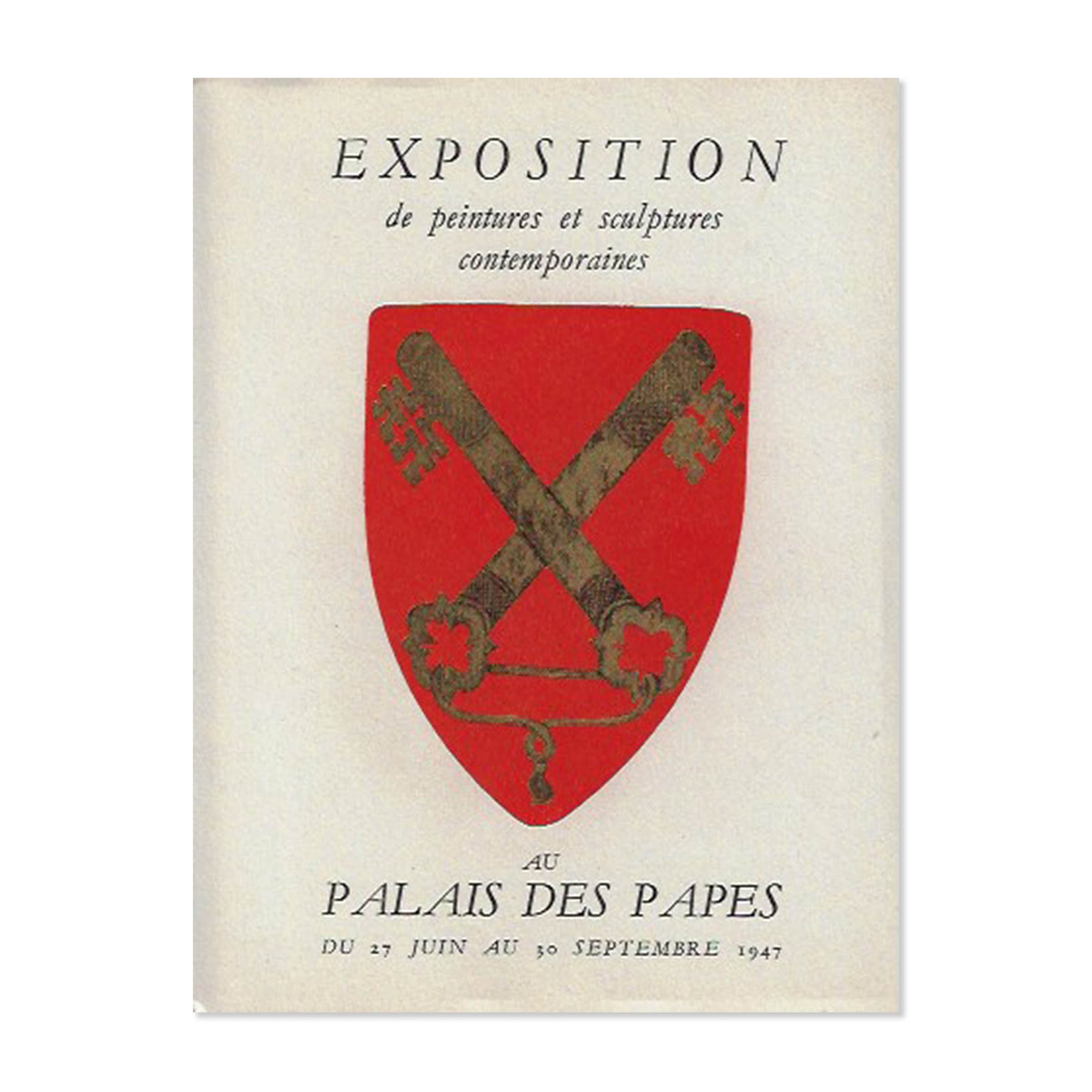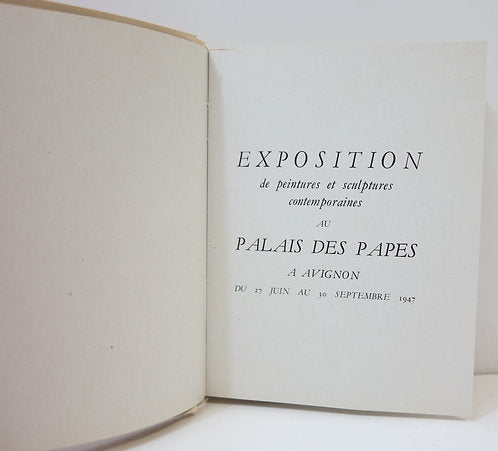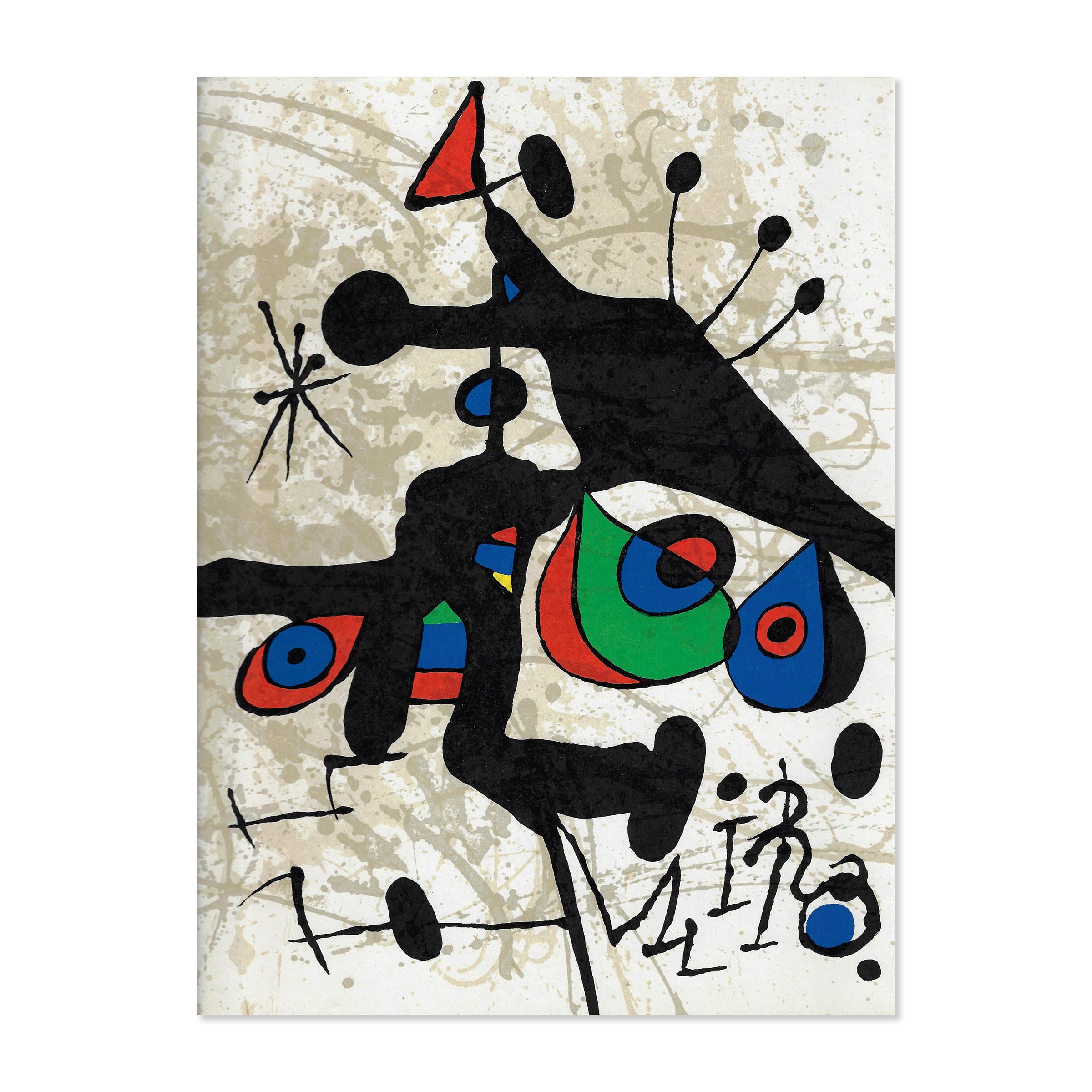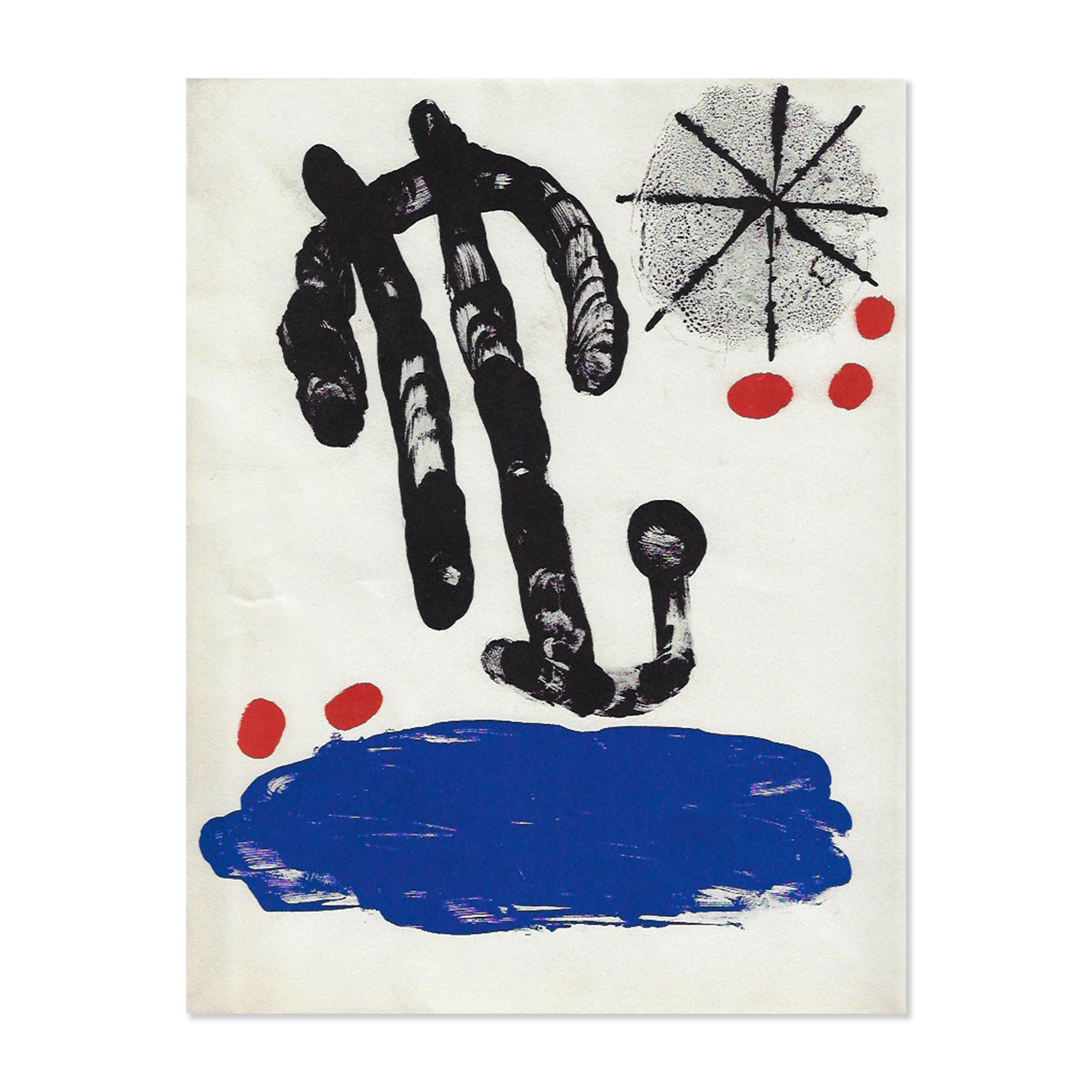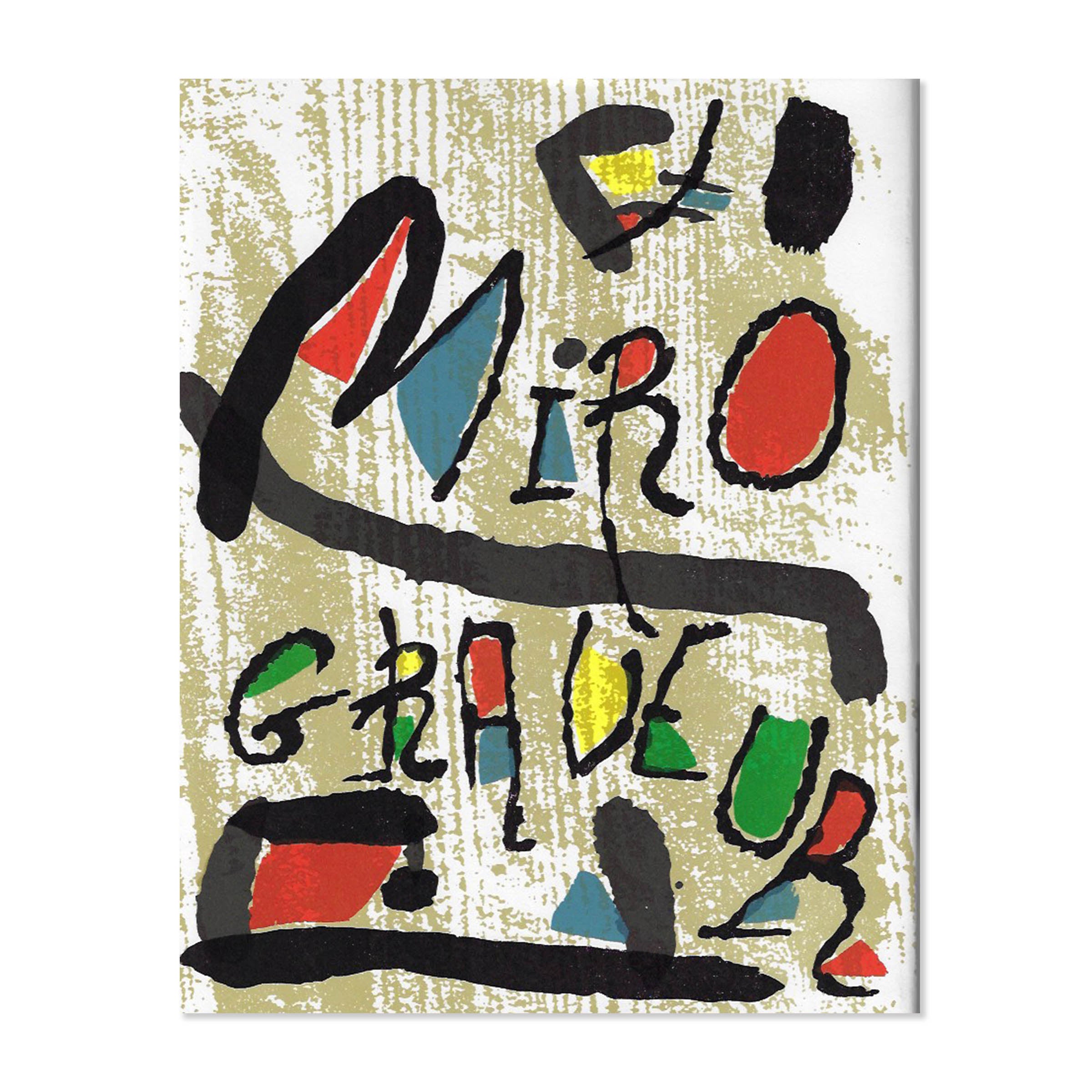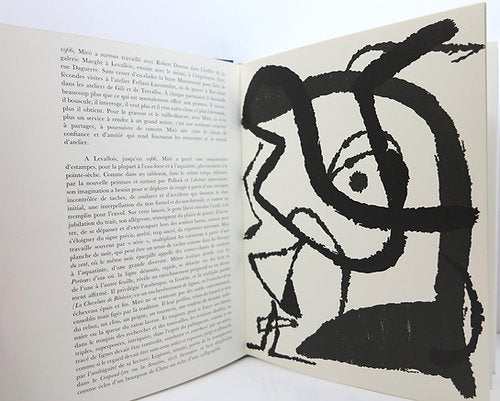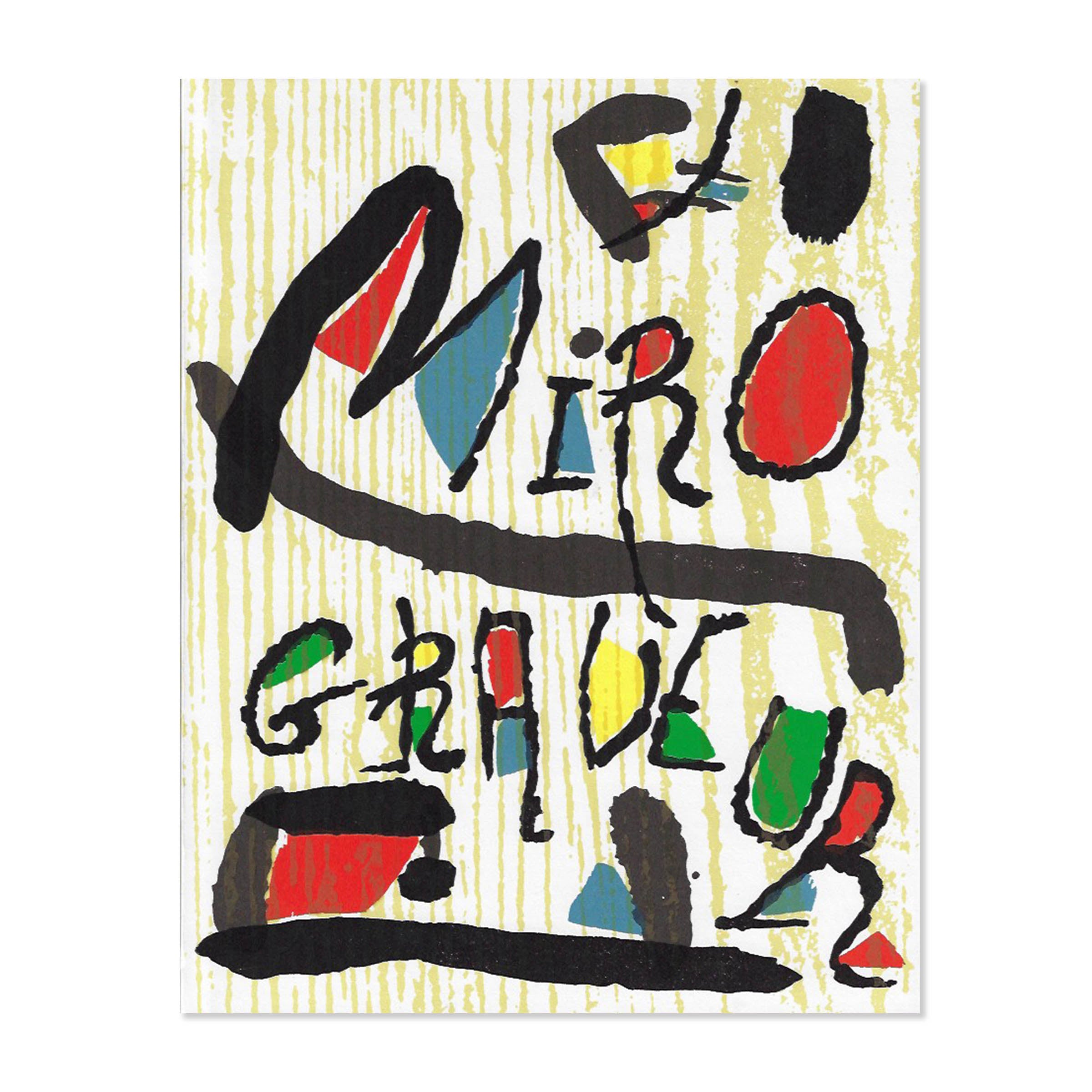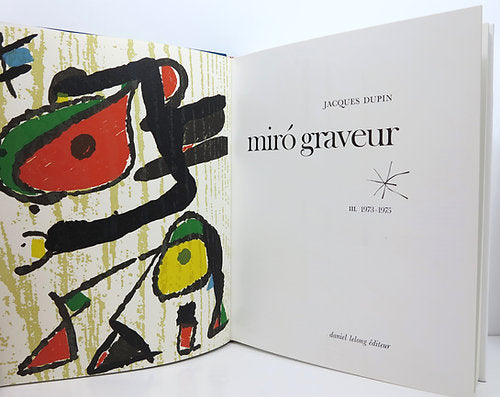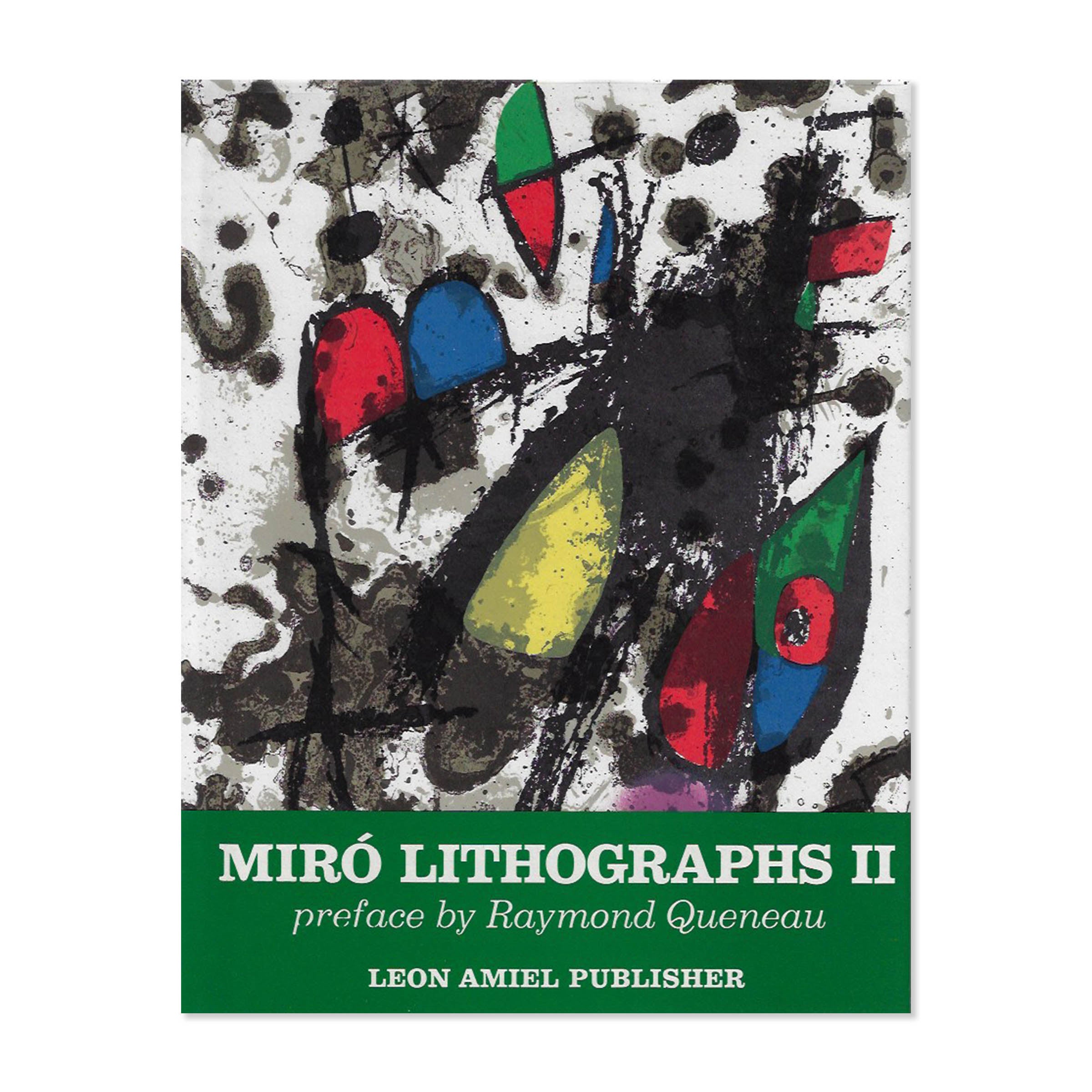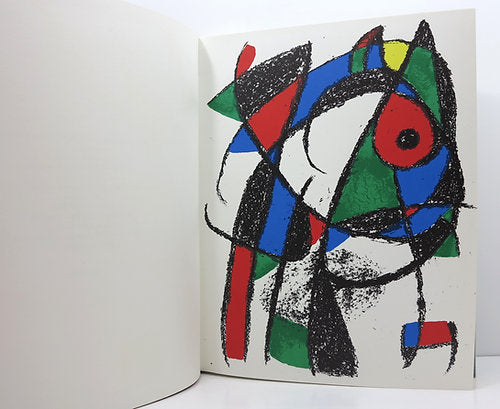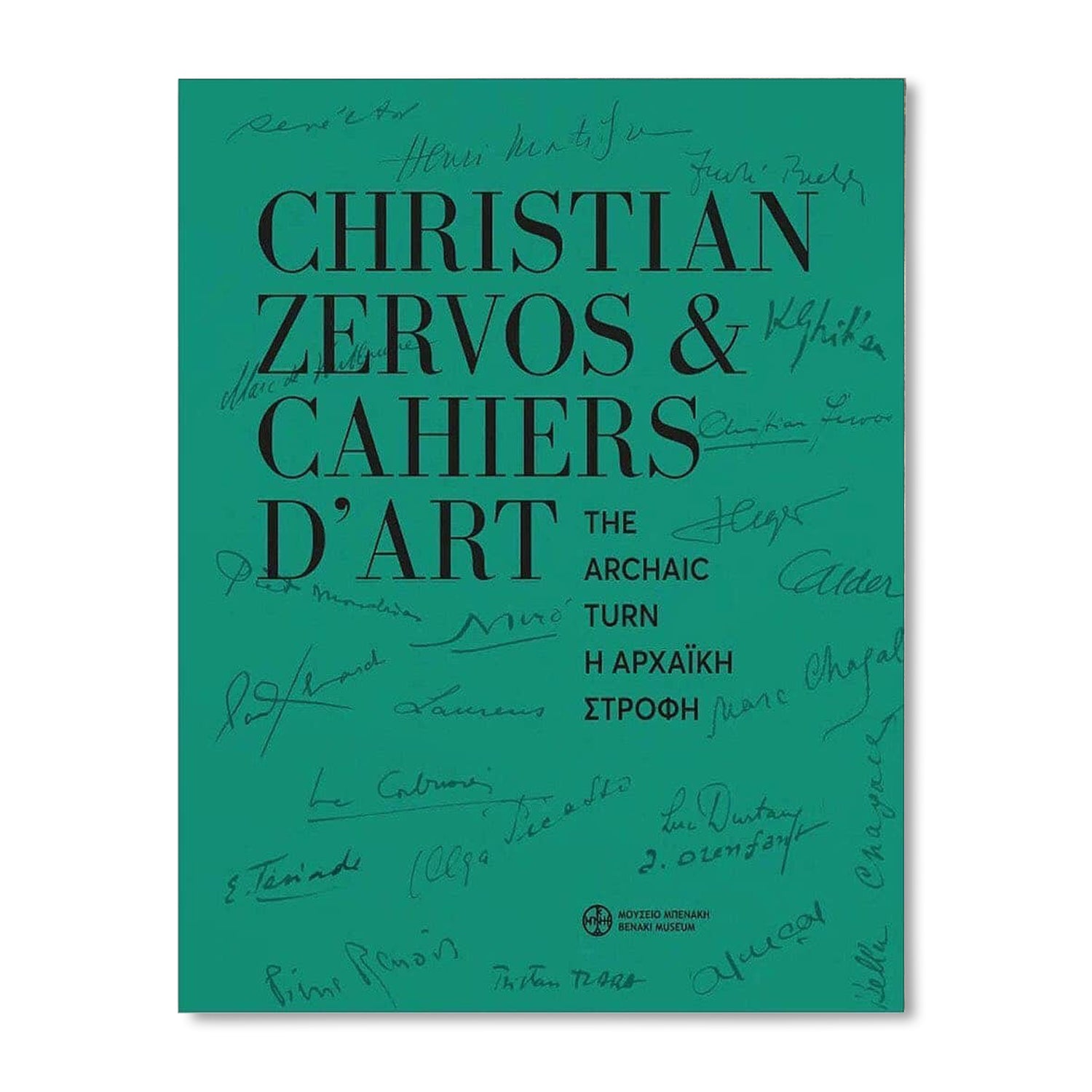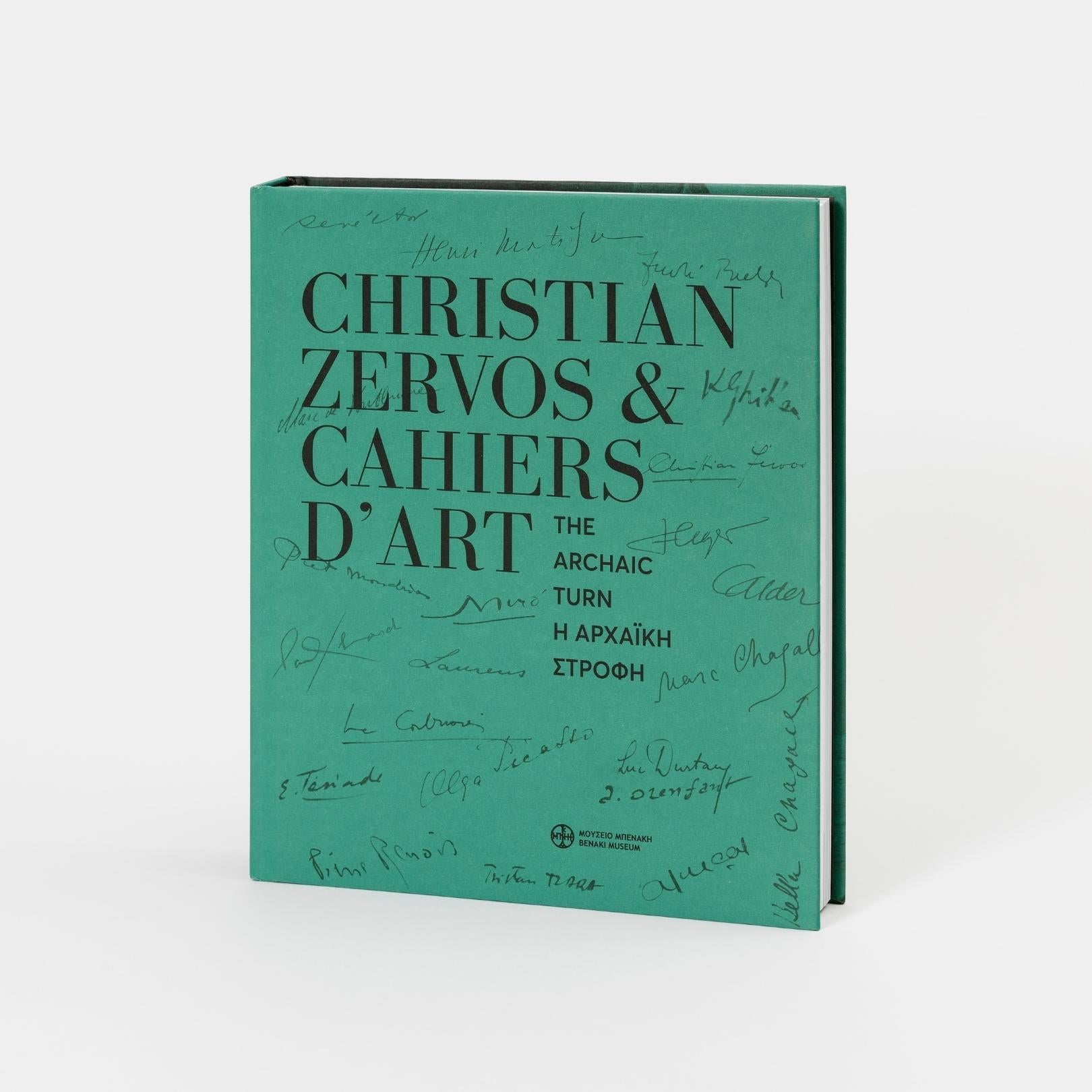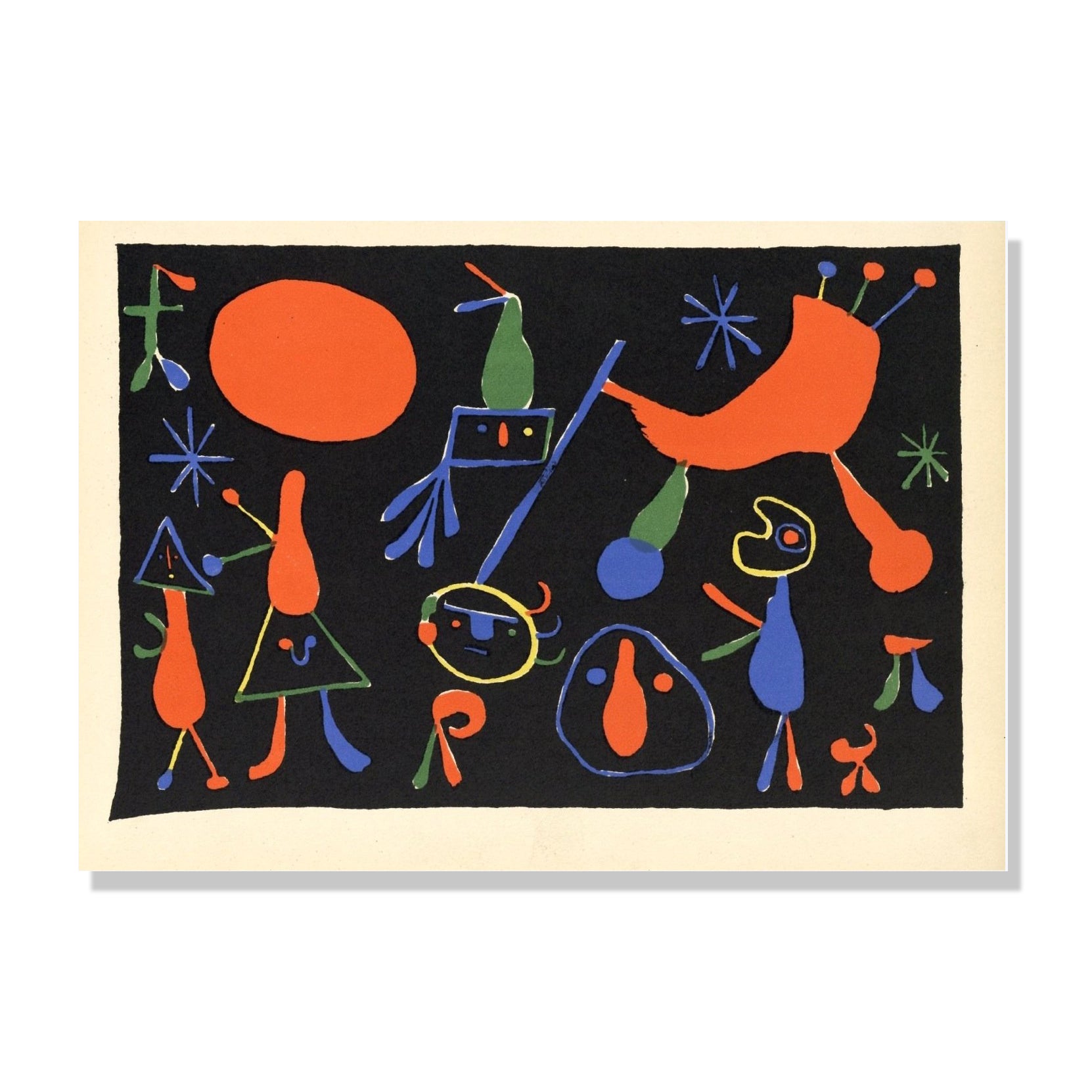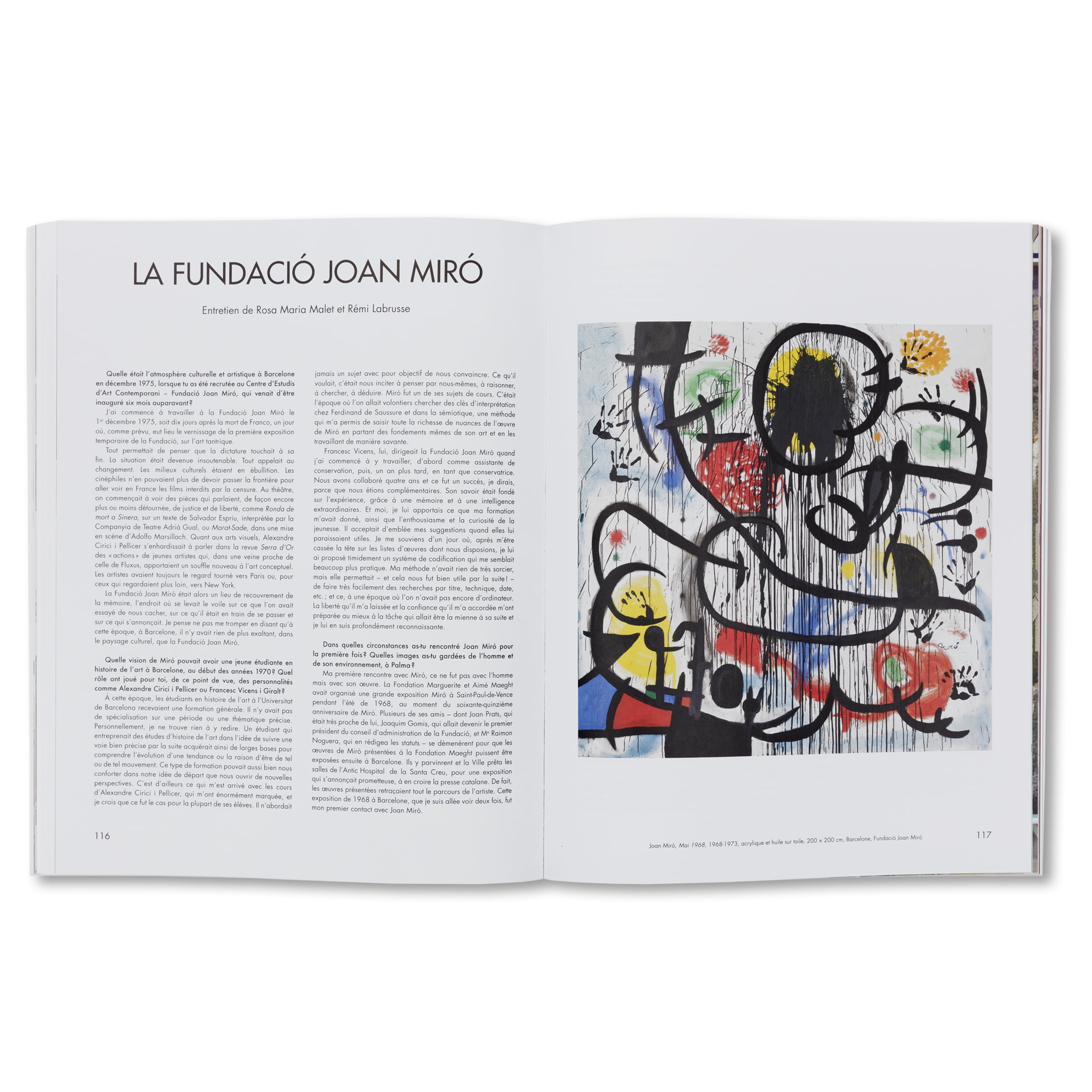Joan Miró
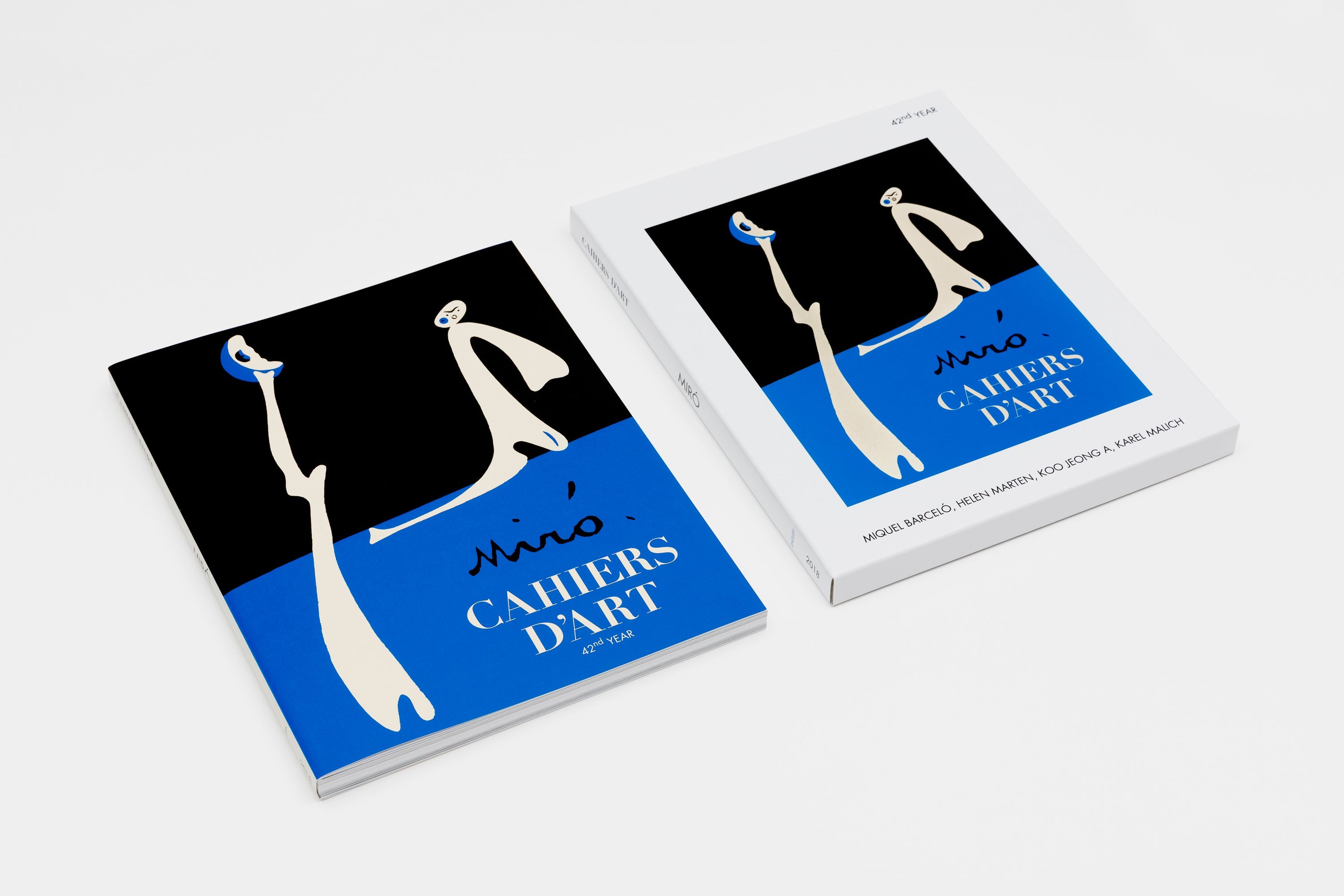
Miró’s ‘unclassifiable’ style was championed by Cahiers d’Art founder Christian Zervos in a mutually supportive relationship. Miró produced cover designs for the Cahiers d’Art Revue and even donated paintings. In the words of Rémi Labrusse:
“Before the publication of Sweeney’s English Miró catalogue at the Museum of Modern Art in 1941, and the monograph by Clement Greenberg in 1949, the Cahiers d’Art Revue constituted the main body of photographic and informational material for following the unfolding of [Miró’s] body of work and its sudden developments.”
Miró was first featured in the Revue in its inaugural year, 1926, and appeared regularly through to 1960. He was also the cover artist for the 1940, 1949, and 1960 issues. The 1940 issue, pictured here, includes an essay on Miró by Tristan Tzara and a poem about him by Georges Hugnet. It also presents over a dozen reproductions of Miró’s then-recent works, including Jeune fille courant.
In 2018, Cahiers d’Art published a new issue of the Revue dedicated to Miró, featuring on its cover one of the two stencils created by the artist for Cahiers d’Art in 1934.
Joan Miró was born in Barcelona in 1893. He showed an early interest in drawing and, against his father’s wishes, studied at the Barcelona School of Fine Arts. He exhibited his first paintings in 1918 and moved to Paris in 1920, where he mingled with artists and poets. In 1924, he joined the Surrealist movement and signed its manifesto. His work was deeply influenced by this association: his drawings became increasingly schematic, moving towards geometric forms.
Miró continued to evolve throughout his career, experimenting with collage, lithography, and ceramics. From the 1940s onwards, he settled in Palma de Mallorca, while also spending periods in the United States and France. In his spacious Palma studio, he created many monumental works. Miró died in 1983 at the age of 90. Today, the Fondation Maeght in Saint-Paul-de-Vence, France, houses the largest collection of his works.
Filters

